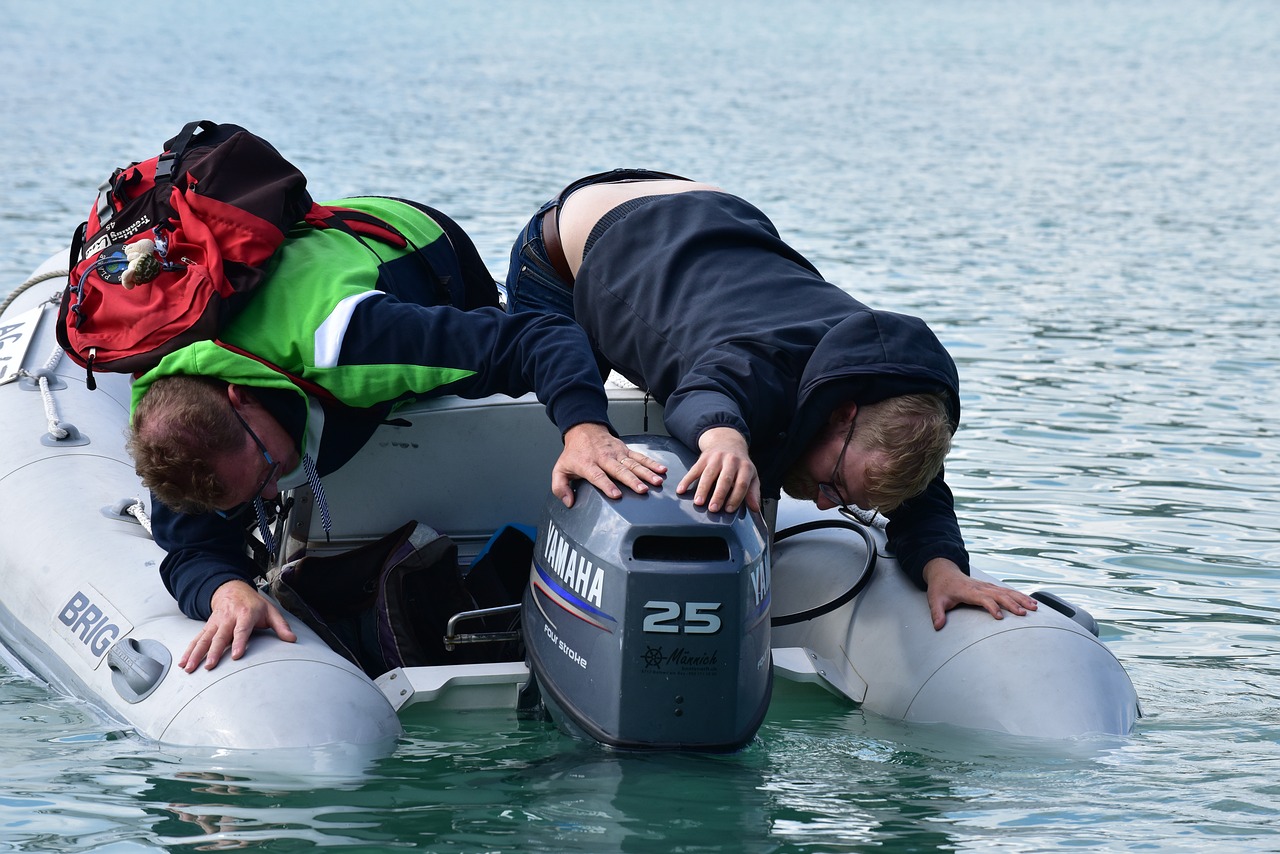Outboard engines are reliable powerhouses, but occasional issues can arise that require troubleshooting to maintain their optimal performance. Understanding common outboard engine problems and knowing how to diagnose and address them can save you time, money, and frustration. In this article, we will explore some of the most common outboard engine issues, their potential causes, and the steps you can take to troubleshoot and resolve them. By equipping yourself with troubleshooting knowledge, you can keep your outboard engine running smoothly and ensure enjoyable boating experiences.
- Engine Won’t Start: One of the most frustrating issues is an engine that refuses to start. Possible causes include a dead battery, fuel delivery problems, ignition system issues, or a faulty starter motor. Troubleshooting steps may involve checking the battery charge, inspecting fuel lines and filters for blockages, verifying spark plug functionality, and examining the starter motor connections. Addressing these issues can help restore starting functionality to your outboard engine.
- Overheating: An overheating outboard engine can be caused by various factors, such as a malfunctioning water pump, clogged cooling system, insufficient water flow, or a faulty thermostat. To troubleshoot overheating, check for water pump impeller damage or blockages, ensure proper water intake and cooling system cleanliness, and inspect the thermostat for proper operation. Regular maintenance and cleaning of the cooling system components can prevent overheating issues.
- Poor Acceleration or Power Loss: If your outboard engine experiences a lack of acceleration or power loss, it could be due to clogged fuel filters, a fouled spark plug, improper fuel mixture, or a malfunctioning fuel pump. Troubleshooting steps may involve inspecting and cleaning fuel filters, checking spark plug condition and gap, ensuring the correct fuel-to-oil ratio, and verifying fuel pump functionality. Maintaining a clean fuel system and following proper fuel mixture guidelines can help prevent power-related issues.
- Rough Idle or Stalling: A rough idle or stalling engine can be caused by issues such as dirty carburetor jets, incorrect idle adjustment, fuel line blockages, or faulty ignition components. Troubleshooting steps may include cleaning the carburetor, adjusting the idle speed and mixture, inspecting fuel lines for obstructions, and testing ignition components for proper operation. Regular carburetor cleaning and adherence to recommended idle settings can help resolve idle-related issues.
- Excessive Smoke or Exhaust Issues: Excessive smoke from the exhaust can indicate problems such as an incorrect fuel mixture, worn piston rings, or a malfunctioning oil injection system. Troubleshooting steps may involve verifying the fuel-to-oil ratio, conducting a compression test to check piston ring condition, and inspecting the oil injection system for leaks or malfunctions. Proper maintenance of the oil injection system and adherence to fuel mixture guidelines can prevent smoke-related issues.
Conclusion:
Troubleshooting common outboard engine issues is an essential skill for boat owners. By identifying and addressing problems like engine starting issues, overheating, poor acceleration, rough idle, and excessive smoke, you can keep your outboard engine running smoothly. Regular maintenance, including cleaning fuel systems, inspecting spark plugs, and ensuring proper cooling system functionality, is key to preventing these issues. Remember to consult your engine’s manufacturer manual or seek professional assistance if necessary. With proper troubleshooting techniques, you can maintain your outboard engine’s performance and enjoy hassle-free boating adventures.
